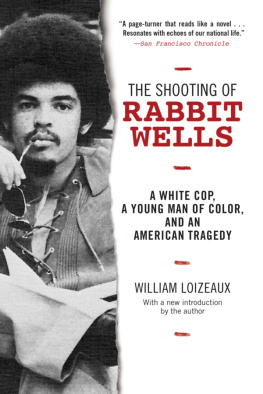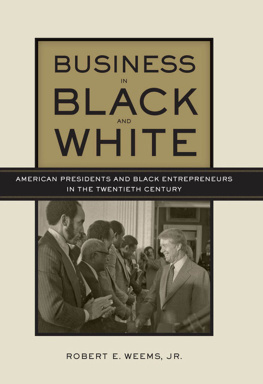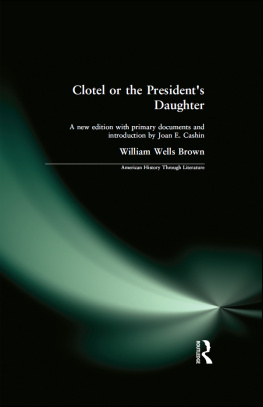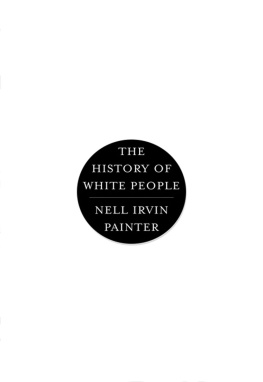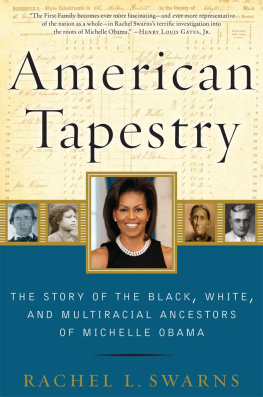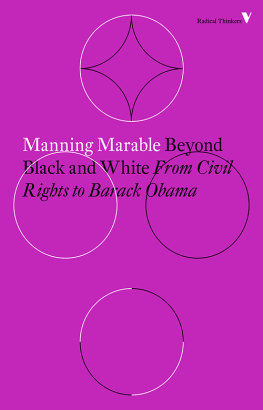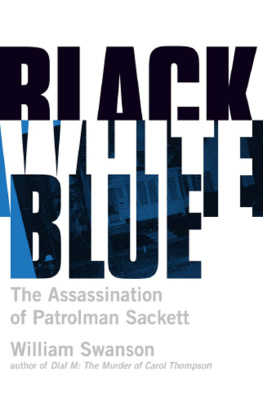William Sturkey - Hattiesburg: An American City in Black and White
Here you can read online William Sturkey - Hattiesburg: An American City in Black and White full text of the book (entire story) in english for free. Download pdf and epub, get meaning, cover and reviews about this ebook. year: 2019, publisher: Harvard University Press, genre: Politics. Description of the work, (preface) as well as reviews are available. Best literature library LitArk.com created for fans of good reading and offers a wide selection of genres:
Romance novel
Science fiction
Adventure
Detective
Science
History
Home and family
Prose
Art
Politics
Computer
Non-fiction
Religion
Business
Children
Humor
Choose a favorite category and find really read worthwhile books. Enjoy immersion in the world of imagination, feel the emotions of the characters or learn something new for yourself, make an fascinating discovery.

- Book:Hattiesburg: An American City in Black and White
- Author:
- Publisher:Harvard University Press
- Genre:
- Year:2019
- Rating:3 / 5
- Favourites:Add to favourites
- Your mark:
- 60
- 1
- 2
- 3
- 4
- 5
Hattiesburg: An American City in Black and White: summary, description and annotation
We offer to read an annotation, description, summary or preface (depends on what the author of the book "Hattiesburg: An American City in Black and White" wrote himself). If you haven't found the necessary information about the book — write in the comments, we will try to find it.
Hattiesburg: An American City in Black and White — read online for free the complete book (whole text) full work
Below is the text of the book, divided by pages. System saving the place of the last page read, allows you to conveniently read the book "Hattiesburg: An American City in Black and White" online for free, without having to search again every time where you left off. Put a bookmark, and you can go to the page where you finished reading at any time.
Font size:
Interval:
Bookmark:
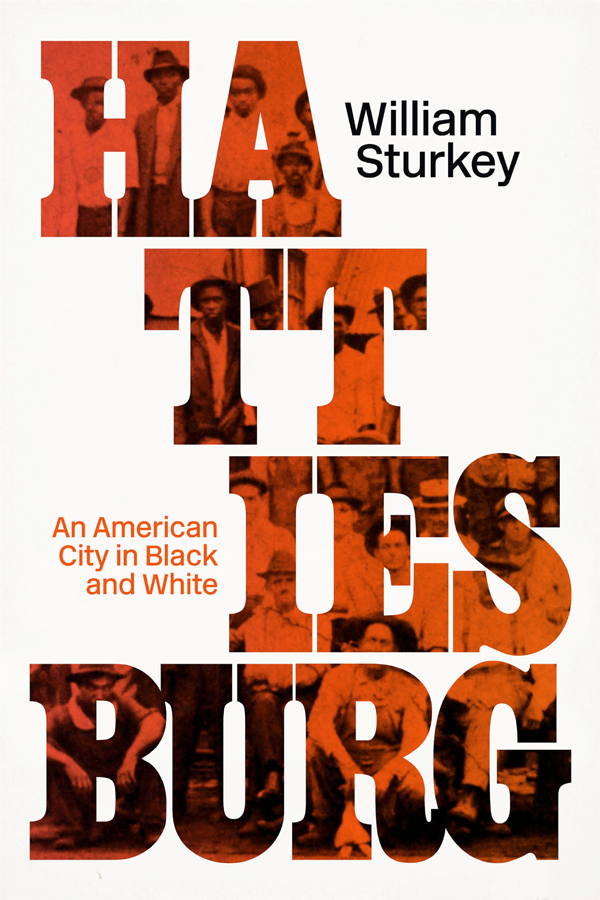
HATTIESBURG
An American City in Black and White
WILLIAM STURKEY


THE BELKNAP PRESS OF
HARVARD UNIVERSITY PRESS
Cambridge, Massachusetts
London, England
2019
Copyright 2019 by the President and Fellows of Harvard College
All rights reserved
Jacket photograph: McCain Library and Archives, University of Southern Mississippi
Jacket design: CHIPS
978-0-674-97635-1 (alk. paper)
978-0-674-24067-4 (EPUB)
978-0-674-24068-1 (MOBI)
978-0-674-24066-7 (PDF)
The Library of Congress has cataloged the printed edition as follows:
Names: Sturkey, William, author.
Title: Hattiesburg : an American city in black and white / William Sturkey.
Description: Cambridge, Massachusetts : The Belknap Press of Harvard University Press, 2019. | Includes bibliographical references and index.
Identifiers: LCCN 2018040469
Subjects: LCSH: African AmericansSegregationMississippiHattiesburgHistory. | WhitesMississippiHattiesburgAttitudes. | African AmericansMississippiHattiesburgPublic opinion. | Civil rights movementsMississippiHattiesburgHistoryPersonal narratives. | Hattiesburg (Miss.)Race relationsHistory.
Classification: LCC F349.H36 S78 2019 | DDC 305.8009762/18dc23 LC record available at https://lccn.loc.gov/2018040469
For the black men, women, and children, including my ancestors, who experienced life in the Jim Crow South

It was a whole lot better than it is now because its gone now.
Hattiesburg native Richard Boyd, 1991
On the first weekend of every October, the old black downtown of Hattiesburg, Mississippi, hosts an event called the Historic Mobile Street Renaissance Festival. By that time of year, the summer heat has faded away from southern Mississippi and left the region with clear, sunny skies and temperatures in the mid-seventies. Mobile Street, a once thriving black commercial center now pockmarked with empty lots, returns to life. Festival organizers estimate that ten thousand people come to the event, an impressive number for a city of fifty thousand.
Saturday is the busiest day. Beginning early in the morning, the day features a full slate of events, including a gospel competition, a motorcycle show, a hip-hop contest, and the ever-popular Sho Nuff Good Barbecue Cook-off. All day long, representatives from local organizations and churches sell artwork, clothing, raffle tickets, and plates of food, filling the warm autumn air with the smells of pulled pork, macaroni and cheese, greens, ribs, and fried catfish. In the afternoon, blues artists infuse the festival with the sound of electric guitars and deep, guttural lyrics. Kids scamper about the crowd, chasing one another between games of double-dutch and turns on inflatable playgrounds. Teenagers stroll down the paved road, holding hands with sweethearts and making plans for Saturday night. Adults gather in small groups along the cracked sidewalks, laughing, sipping sweet tea, and waving at friends and neighbors. The festival draws people of all ages and races to eat, dance, and help celebrate the history of Hattiesburgs Mobile Street District. The weather is beautiful. The food is delicious. The music is fun. And the people are happy.
A little park sits about a block south of the center of the festival. The park contains three benches, a handful of small trees, and a plaque commemorating the site as the former location of the Woods Guesthouse. Destroyed by fire in 1998, the guesthouse stood at 507 Mobile Street for over seventy years. The building served a variety of purposes during its time, but today it is remembered most often as the local headquarters of the 1964 Mississippi Freedom Summer, an epic, statewide civil rights campaign that captured Americas attention and helped black Mississippians gain the right to vote. A second sign in front of the park indicates the sites number on the Hattiesburg Freedom Summer Trail, a guided audio tour of fifteen sites that were important to the civil rights movement in Hattiesburg.
Hattiesburg, also known as the Hub City, abounds in civil rights history. Of over forty Mississippi towns involved in Freedom Summer, Hattiesburg hosted the greatest number of movement volunteers, and its Freedom Schools boasted the largest enrollment. Black Hattiesburgers participated at rates unheard of in other places. By one estimate, over three thousand local African Americansabout a third of the citys black population at the timewere active in the Freedom Summer. Those were powerful days in Hattiesburg. Local churches swelled with mass meetings. People who had never cast a ballot in their lives went to the courthouse to demand voter registration forms. Children as young as eight years old wrote letters to the president of the United States demanding their freedom. Grade-school dropouts helped plan an overthrow of the state Democratic Party. Regular folks turned into leaders. Some became heroes. They were, as one outsider later remembered them, people of spirit.
Freedom Summer itself was merely one act in a broader local movement. Hattiesburg was active throughout the 1960s. The citys civil rights era was filled with hundreds of marches, protests, sit-ins, and boycotts and tragically marred by arrests, beatings, and murder. Hattiesburg was the home of well-known freedom fighters such as Vernon Dahmer, Clyde Kennard, Dorie and Joyce Ladner, and the indomitable Victoria Jackson Gray, who in 1964 became the first woman in Mississippi history to run for United States Senate. During the 1960s, scores of nationally known activists passed through the cityFannie Lou Hamer, Medgar Evers, Dick Gregory, Bob Moses, and Martin Luther King Jr., who spoke at Mt. Zion Baptist Church (a stop on the Hattiesburg Freedom Summer Trail) just days before he was assassinated in Memphis. The movement is etched in local lore. Locals know this history well, and theyre proud of it. But it is not the history of the movement that draws people to Mobile Street every October.
Scattered among the crowd at the Historic Mobile Street Renaissance Festival are dozens of elderly African Americans who grew up in the neighborhood. They started this event, and the day truly belongs to them. They seem to appreciate the celebration more than most. These men and women came of age during a time when black residents could not live, shop, or eat in other parts of town. Back then, the old black neighborhood was filled with homes, offices, drugstores, groceries, ice cream parlors, barbershops, dance halls, and restaurants. Back then, Mobile Street was not as empty as it is today.
Standing among the vacant lots and crumbling buildings, the elders share memories from that bygone era. They reconstruct Mobile Street as it once was, pointing out where the old stores stood and exchanging stories of the people who lived and worked in the neighborhood. They recall buying sodas at Dr. Hammond Smiths drugstore, working at Mrs. McLaurins newsstand, or running errands for Mrs. Woods. The Smith Drug Store is closed, but the building remains for now. The same cannot be said of Mrs. McLaurins newsstand; like the Woods Guesthouse and so many others, it too is gone. All that remains of these vanished structures are slabs of concrete or piles of brick.
Font size:
Interval:
Bookmark:
Similar books «Hattiesburg: An American City in Black and White»
Look at similar books to Hattiesburg: An American City in Black and White. We have selected literature similar in name and meaning in the hope of providing readers with more options to find new, interesting, not yet read works.
Discussion, reviews of the book Hattiesburg: An American City in Black and White and just readers' own opinions. Leave your comments, write what you think about the work, its meaning or the main characters. Specify what exactly you liked and what you didn't like, and why you think so.

